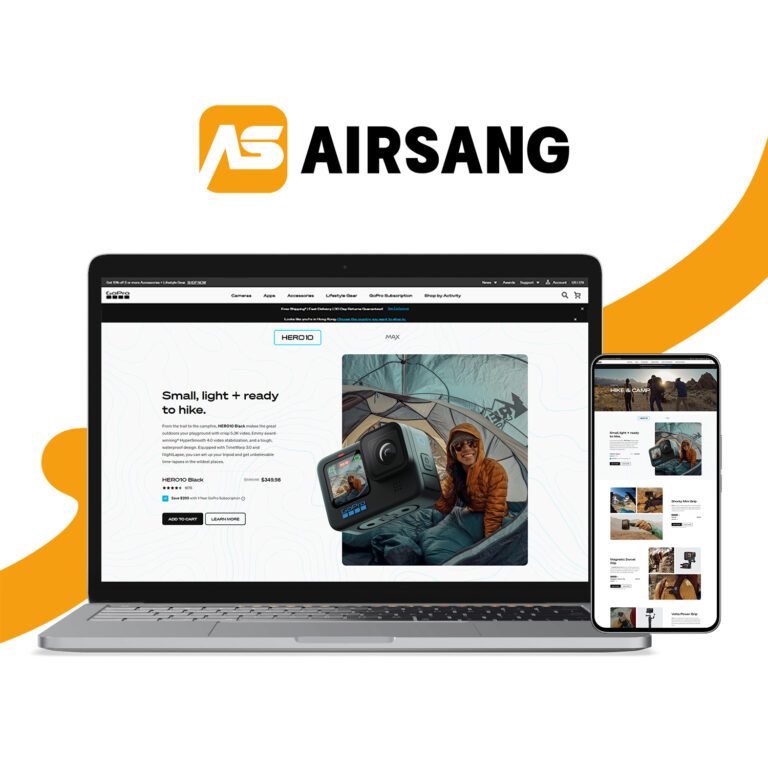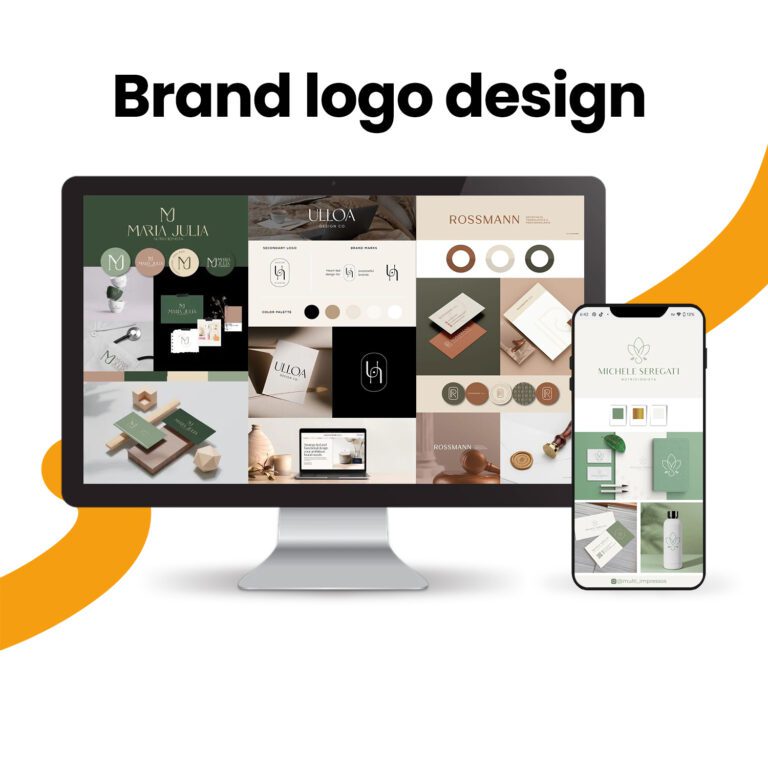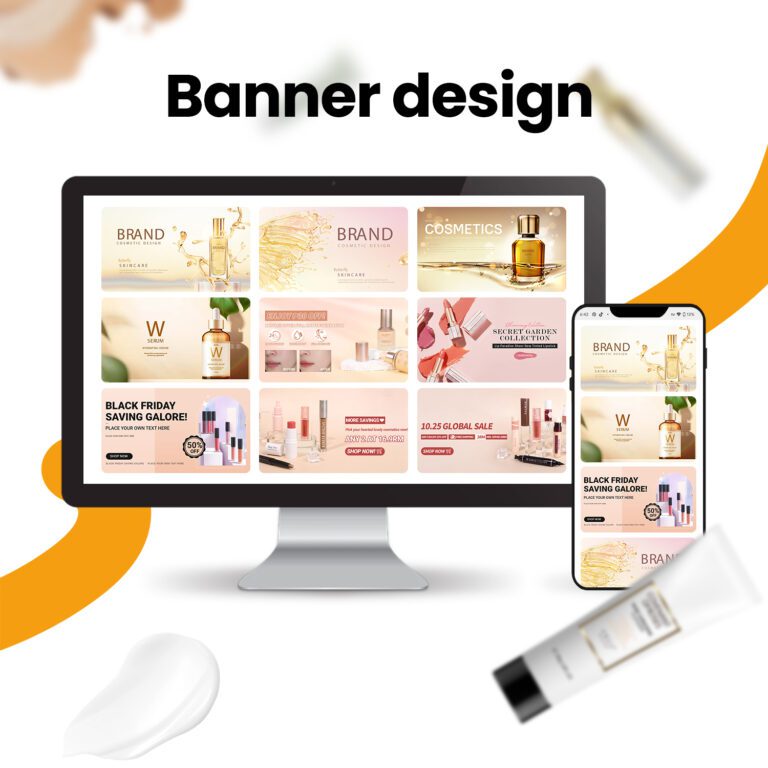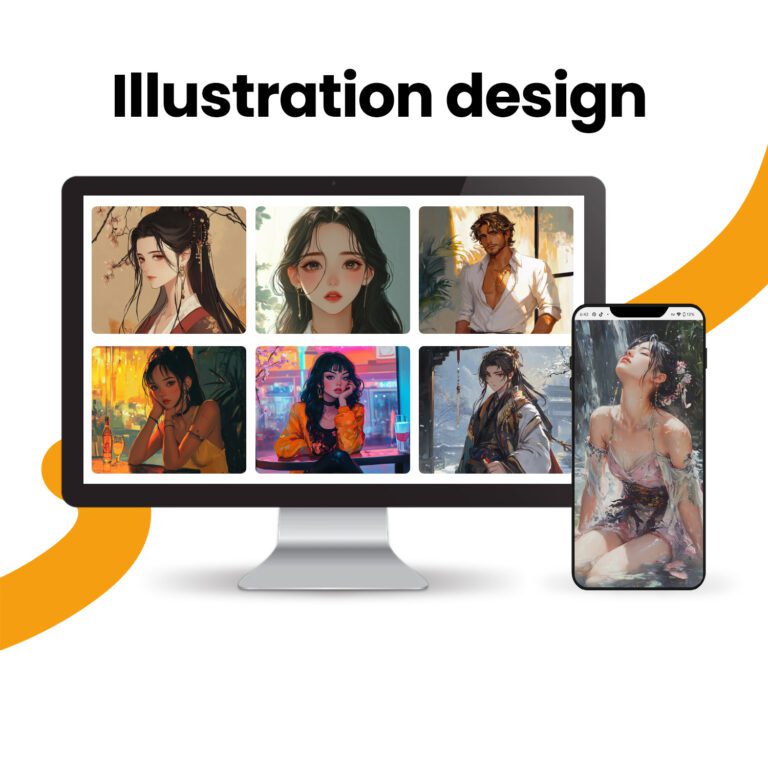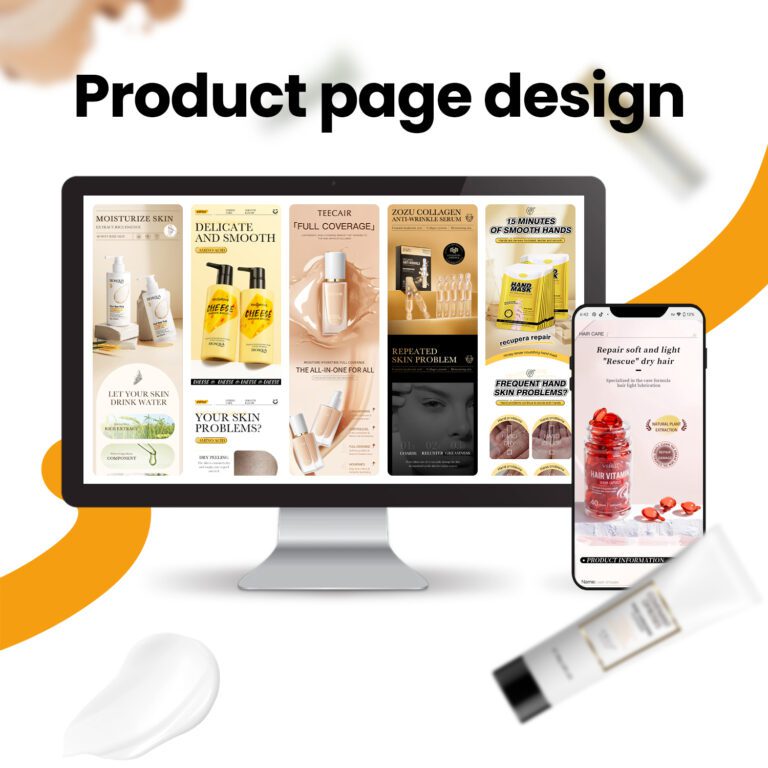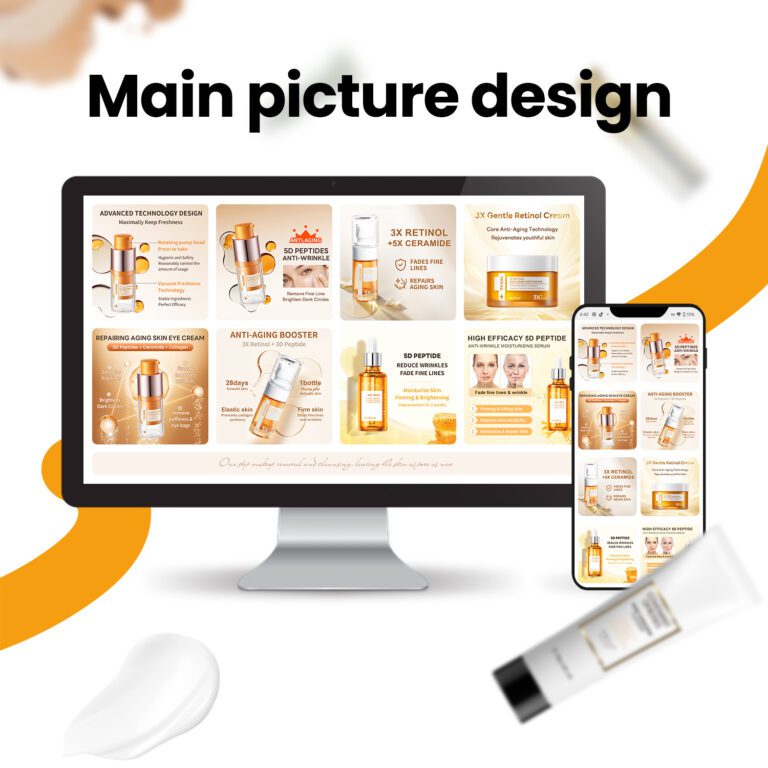What’s the Best Size for Blog Post Images for WordPress?

Choosing the right image size isn’t just technical—it shapes your site’s speed, style, and overall user experience. Whether it’s a lifestyle blog or an eCommerce site, knowing what’s the best size for blog post images for WordPress helps create a clean, fast, and visually appealing layout that aligns perfectly with your content and design goals.
Table of Contents
- Understanding the Importance of Image Size
- What’s the Best Size for Blog Post Images for WordPress?
- Image Formats and Aspect Ratios That Work
- How Image Size Affects Website Design
- Our Approach to WordPress Blog Design
- Conclusion: More Than Just the Right Size
Understanding the Importance of Image Size

Why Image Size Matters
Large, unoptimized images slow down your website, frustrate users, and hurt your SEO rankings. On the flip side, images that are too small can appear pixelated, unprofessional, or awkwardly stretched on larger screens. Getting the size right ensures a clean, fast-loading, and consistently attractive blog.
It’s Not Just About Fit—It’s About Function
Every blog image plays a role. Some lead your post as a featured image, others live inside the content, and some appear as thumbnails in widgets or archive pages. Each of these contexts may require different sizes—but they should all be cohesive with your WordPress theme and brand design.
What’s the Best Size for Blog Post Images for WordPress?

Recommended Dimensions (in Pixels)
Below are commonly accepted size ranges for WordPress blog post images:
| Image Type | Recommended Size | Notes |
|---|---|---|
| Featured Image | 1200 × 675 | Ideal for widescreen layouts & sharing |
| In-Post Image | 750 × 500 | Works well in single-column posts |
| Full-Width Banner | 1920 × 1080 | Best for immersive visuals |
| Thumbnail | 150 × 150 (default) | Used in blog grids or widgets |
These sizes strike the right balance between visual impact and site performance. If your WordPress theme allows, responsive design techniques can auto-adjust images across devices—but starting with the right base size is key.
Retina and HD Considerations
With more users viewing blogs on high-resolution screens, you may want to double your base dimensions (e.g., 2400 × 1350 for featured images) while using compression tools to keep file sizes under control.
Image Formats and Aspect Ratios That Work
JPEG vs. PNG vs. WebP

- JPEG: Best for photographs and featured images due to small file size.
- PNG: Ideal for logos and transparent images, though heavier.
- WebP: Modern and lightweight, perfect for both performance and quality.
Aspect Ratios
Sticking to a consistent 16:9 or 3:2 ratio across your blog ensures a cohesive, magazine-style layout—something many professional WordPress themes are built around.
How Image Size Affects Website Design
Design Harmony Starts with Consistency
When all blog images follow a size standard, your layout looks intentional and professional. Readers don’t get distracted by mismatched proportions or overlapping elements. Especially on WordPress, where layout consistency depends heavily on your theme and media settings, standardized image sizing is a hidden design superpower.
The Role of Theme and Layout
Your theme dictates how images appear across devices. A modern, well-structured theme will often have pre-defined image sizes that maintain visual alignment. But using the recommended image sizes ensures your visuals don’t get cropped in awkward places or pixelate under scaling.
Our Approach to WordPress Blog Design
Clean Visual Hierarchy with Scalable Imagery
We focus on strategic image placement, ensuring your blog layout leads the reader through your content while maintaining visual clarity. Whether you use featured images to drive clicks or insert visuals to break up long-form posts, the right size supports content flow.
Seamless Brand Integration
We help brands blend visuals into their narrative—matching image styles, proportions, and sizes to the overall aesthetic of the site. No random padding. No off-ratio distortions. Just clean, optimized presentation.
Performance + Design = Conversion
Our WordPress blog designs prioritize fast loading speeds without sacrificing image quality. This balance improves bounce rates, user experience, and SEO—all while showcasing your content in its best light.
Conclusion: More Than Just the Right Size
When it comes to what’s the best size for blog post images for WordPress, there’s no one-size-fits-all—but there is a best practice. Start with the right dimensions, match them to your theme’s structure, and think about the entire user experience.
At AIRSANG DESIGN, we specialize in WordPress websites that balance beauty and functionality. From image strategy to layout optimization, we craft blogs that don’t just look good—they perform. Let us help your content shine.

